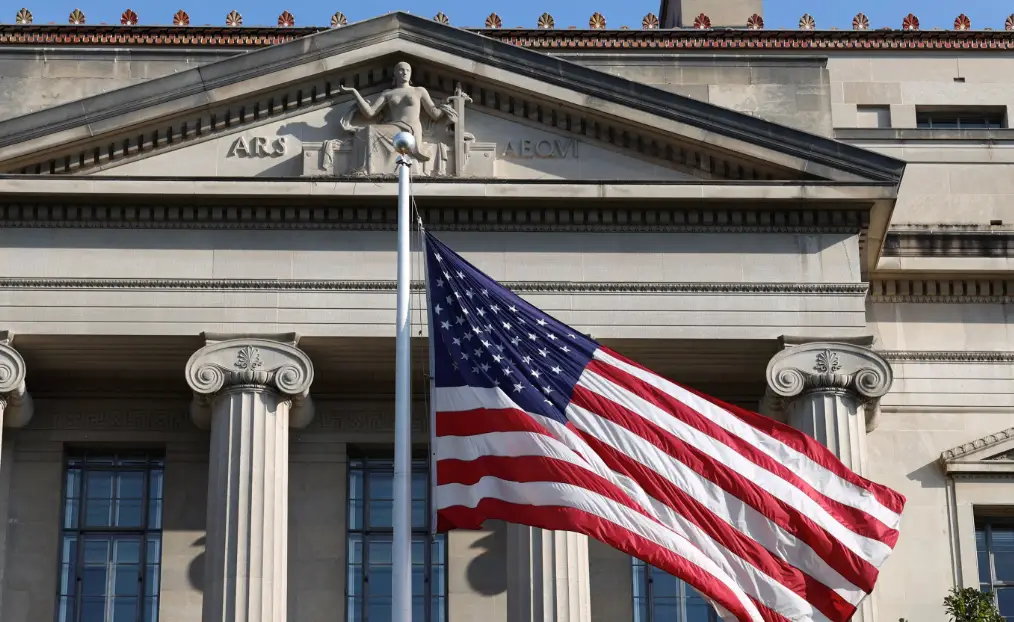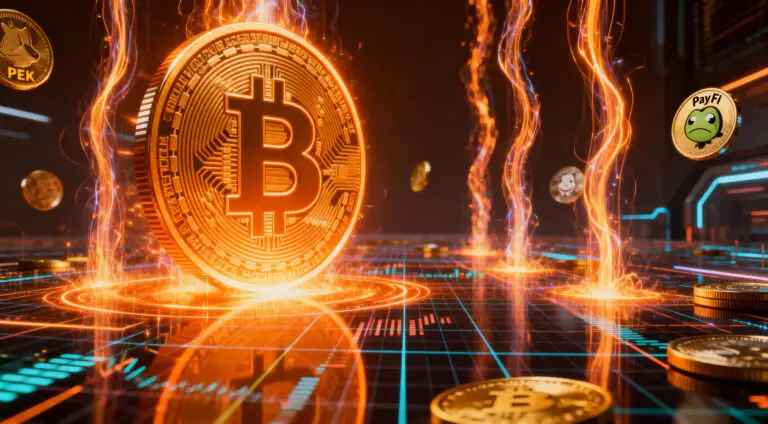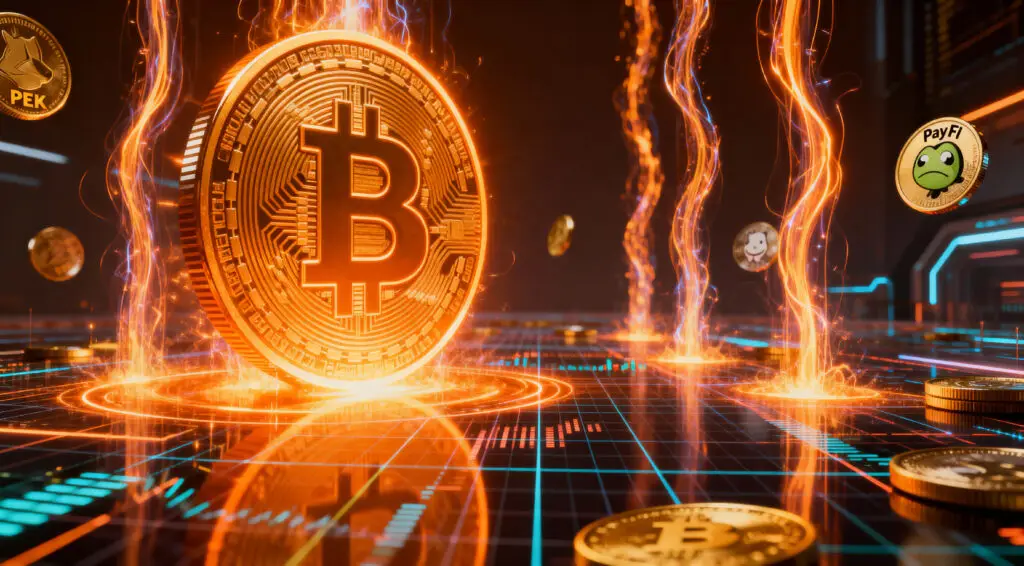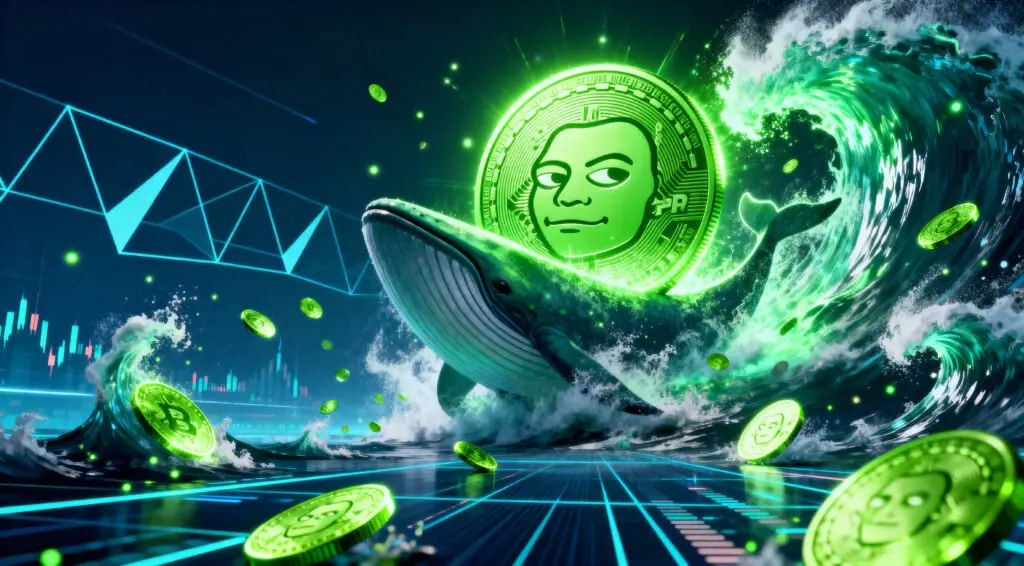Government Shutdown Deadline Looms As Political Gridlock Intensifies
As lawmakers try to reach important budget agreements, the United States is in another high-stakes fiscal standoff. If there isn’t a last-minute deal, the federal government will officially shut down at twelve-oh-one Wednesday morning, which will cause a lot of problems with how things work.
There is a political deadlock because Republicans and Democrats can’t agree on whether to extend healthcare insurance subsidies. This is a hotly debated issue among party leaders. As talks break down, financial experts are looking at how this will affect markets, inflation, and economic growth in the short and long term across a number of industries.

Source: ABC News
Economic Growth Could Face Temporary but Manageable Headwinds
In the past, government shutdowns have caused temporary but measurable slowdowns in the economy, mostly because people spend less money. Analysts think that during long shutdowns, the gross domestic product could drop by about 0.15% every week.
But past shutdowns show that once the government starts working again, the effects on the economy are likely to be short-lived. The thirty-five-day shutdown in 2018 and 2019 only cut total annual output by 0.4%, which shows that the long-term effects were not very big.
Employment Data Delays Complicate Central Bank Policy Decisions
A shutdown would push back the release of important economic data, like the jobs report that comes out every month on Friday. These delays make it harder for the Federal Reserve to decide what to do with interest rates in the near future, since inflation trends and the job market are still unclear.
Revisions earlier this month showed that the economy made 911,000 fewer jobs than previously thought. This came after weak hiring data for August, which made people worry that the economy might be slowing down faster than expected during a time of high inflation.
Recommended Article: Trump to Impose $100,000 Annual Fee for H-1B Visas in Blow to Tech
Federal Reserve Faces Complex Balancing Act During Shutdown Period
Jerome Powell, the head of the Federal Reserve, recently said that there is still a lot of uncertainty about inflation, which makes it harder for the bank to set its monetary policy. It’s hard to do, but the central bank has to find a balance between slowing price growth and weakening employment.
Central banks usually raise interest rates to fight inflation and lower them to encourage job growth. But delays in data and uncertainty about the economy because of the shutdown make policy risks higher. Powell said the situation was difficult, which meant that the October policy meeting would require careful thought.
Historical Market Trends Show Limited Long-Term Disruption From Shutdowns
Even though there is a lot of uncertainty, financial markets have done pretty well in the past during government shutdowns. Since 1976, studies have shown that the S&P 500 index has had very little immediate effect during shutdown periods.
In fact, the index usually goes up by about 12% in the 12 months after shutdowns end. This pattern shows that investors trust that the American economy will stay strong, even when political gridlock makes it hard for the government to do its job and report data on time.
Dollar Index and Treasury Bonds Show Mixed but Contained Reactions
The Dollar Index shows how strong the dollar is compared to major foreign currencies. It often goes up and down during shutdowns, but it rarely changes direction completely. When investors look for safe-haven assets, treasury bonds sometimes go up, but these effects don’t last long.
The Dollar Index has dropped almost 10% this year, mostly because of uncertainty about trade policy and not because of budget standoffs. Analysts say that a government shutdown by itself usually doesn’t cause a lot of volatility in the currency or bond markets, but there can be temporary changes during times of high risk.
Credit Rating Agencies Monitor Fiscal Risks But Downgrade Is Unlikely Now
A shutdown makes people wonder about how the government handles money, but experts say that credit downgrades are unlikely right now. The new debt ceiling law makes sure that borrowing continues. This means that debt can be issued even when spending stops.
Moody’s, Fitch, and S&P, three of the biggest rating agencies, have all warned about long-term budget risks many times. But they still stress how strong and varied the US economy is and how independent the Federal Reserve is. These factors give institutions strength even when they have to deal with short-term political stress tests.













